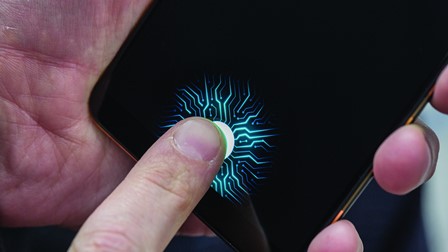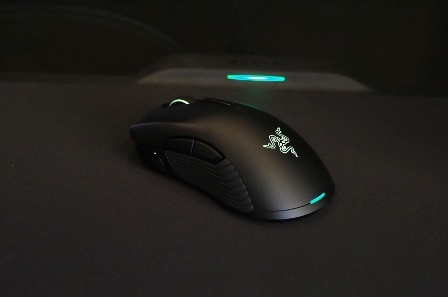We love technology and are always on the lookout for new ideas in the tech space. Though it is hard to stay updated with the fast-growing gadget world, we try our best to bring to you what we find interesting; which may be as simple as Standalone VR Headset from Google and Lenovo, the intelligent Philips’ SmartSleep. Check them all out here!
Standalone VR Headset from Google and Lenovo

Here is Google’s first standalone virtual reality (VR) headset, thanks to Lenovo. Google and Lenovo have unveiled the Mirage Solo headset, which runs on Google’s Daydream VR platform and is being built by Lenovo. The headset works without the need for a PC or phone to run VR experiences and features integrated positional tracking. The Mirage Solo comes with an integrated 5.5 inch LCD screen that offers a 110-degree field of view and packs 4GB of memory and 64 GB of storage for apps and content. Users are able to expand that storage with SD cards of up to 256 GB. There are no integrated headphones, but the Mirage Solo comes with a traditional headphone jack. The headset is expected to become commercially available in the second quarter of 2018.
Sleep Better with Philips’ new SmartSleep

Good news for people seeking quality sleep. Philips’ new headband promises better sleep by whispering in your ear all night long. The company has created a headband that plays special sounds designed to encourage the brain to remain in its most restful deep sleep state. Philips’ new SmartSleep uses built-in sensors touching the forehead and behind the ears to monitor brain activity and share that data with an accompanying mobile app. When deep or slow-wave sleep is detected, the speakers in the headband play a subtle white noise in a repeating pattern that matches the rise and fall of your brain activity. The noise is said to reinforce that deep, slow-wave sleep activity, maximizing the amount of rest and recovery the brain is able to get overnight.
Battery-free Wireless Gaming Mouse

Razer’s new battery-free wireless gaming mouse, the Razer Mamba Hyperflux, powers itself entirely from the mousepad. The Firefly Hyperflux has a magnetic coil built-in that powers the mouse no matter where it is on the pad. The pad’s surface is replaceable, allowing users to switch between a hard surface similar to the original Firefly or a soft surface similar to the regular mousepads. Since it doesn’t have a battery, it weighs a mere .21 pounds; it has also moved over to a 16,000 DPI optical sensor. The Mamba Hyperflux and Firefly Hyperflux are expected to be available for sale by the end of the first quarter of 2018.
